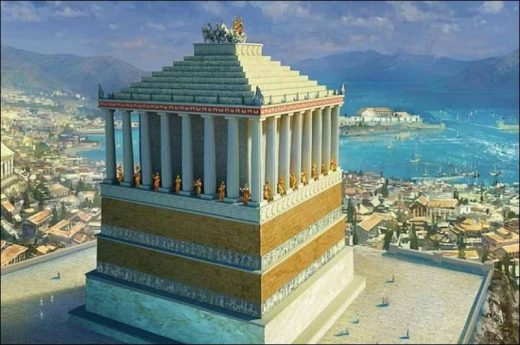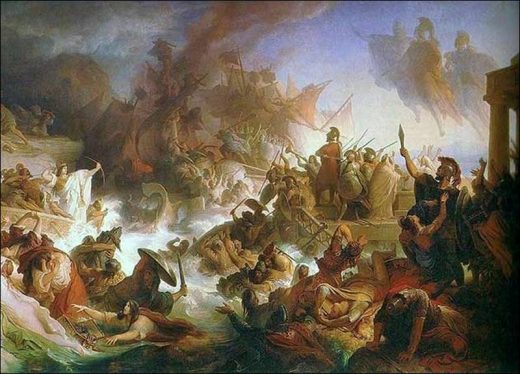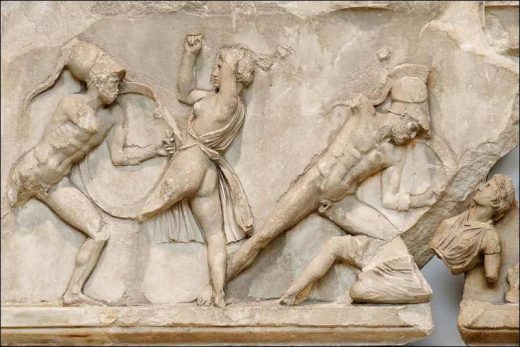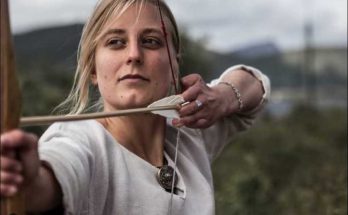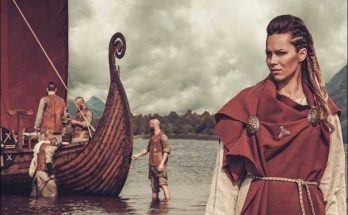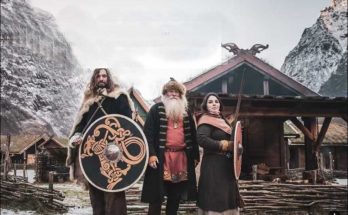“The city is like a mouth. And his hands of yellow tobacco. And her teeth. A road turns long, far away. He turns back to the gates of Mindos, to the old Halicarnassus.” – İlhan Berk, Halicarnassus (II), An Earth Witness.
Halicarnassus was one of the important cities of Western Anatolia in Ancient Ages, which remains in the center of Bodrum today. Strabo, Halicarnassus and Knidos ancient cities after the death of the last Athenian King Kodros, that is BC. He says it wasn’t in the first quarter of the 11th century. Accordingly, this ancient city must have been founded after the given date. The city, which became a member of the Doric Hexapolis (the geographical and religious union formed by the coming together of six Doric cities), came under the influence of Ionian culture in time and BC. In the 5th century, it began to be known as the Ionian city.
Persian Empire BC In 546, he captured Sardis and, in turn, the Greek cities of the coast. Among them is Halicarnassus. Meanwhile, BC. In 480, Halicarnassus was ruled by Queen Artemisia, who fought with the navy during the war, according to Herodotus, whose father was Carian, and mother was Cretan. When the Persian Wars ended, Halicarnassus became a member of the League of Delos and protected itself against the Persian Empire. During the Artemisian Dynasty, the islands of Kos, Nisyros and Kalymnos were connected to Halicarnassus.
Many years ago, In the BC 5th century, Lygdamis II, a descendant of Artemisia, came to power. After the Battle of Salamis, the city had lost its power in Asia Minor. Moreover, Lygdamis was unable to exercise good management. The great historian Herodotus from Halicarnassus fled to Samos (Samos Island) just for this reason. As a result of the rebellions against this mismanagement, Lygdamis lost its power to a large extent. Thus ends the period of local dynasties and BC. In 395, a period started under the rule of the satraps of the Persian Empire.
Hecatomnus becomes the first Persian satrap. However, the most important name that constitutes the main axis of the topic and kept the Golden Age of Halicarnassus alive is Maussollos, the son of Hekatomnos. During the reign of Maussollos (377-353 BC), who was the satrap of Caria, the center was taken from Mylasa (Milas) to Halikarnassos and Halicarnassus was created from the beginning. Its borders turn into a great capital, like the Greek “polis” example. According to Strabo, six of the eight Leleg settlements were forcibly moved to the capital, namely Halicarnassus.
Thus, the largest city of Caria was formed. The plan of the city resembles a theater according to Vitruvius. If we consider the port as an orchestra, there is the agora, the Mauossolleion, the praecinctio (main street), the Ares (Mars) sanctuary at the top and the theater to the west. Looking down from above, the palace built by Maussolos, the Salmakis Fountain and the Hermes-Aphrodite Temple could be seen together. The city had fortifications covering a large area, these walls were made with regional materials. The Myndos Gate and its moat, which are still standing in the west of Halicarnassus, can be seen today.
The rule of the Hekatomnus Dynasty ends during the reign of Alexander the Great. Until the death of Alexander the Great (323 BC), Karia remained under the rule of the satraps. One of the cities shared by the four great commanders of Alexander the Great is Caria. Ptolemy conquered Egypt. He ruled here until 188. B.C. In 188, Karia came under the rule of Rhodes. Halicarnassus regains its freedom after a disagreement broke out between Rhodes and Rome. Until the reign of Emperor Augustus, this region began to impoverish due to taxes and piracy, and during the reign of Augustus, it gained importance and became rich. After the adoption of Christianity, Halicarnassus became the Episcopal center.
In the last quarter of the 11th century, the Turks, the Byzantines during the Crusades, M.S. In the middle of the 13th century, it passed into the hands of the Marine Veterans of the Menteşe Principality. M.S. In the 15th century St. The Knights of Jean requested land from Mehmet Çelebi to build a castle. st. Peter (today’s name is Bodrum Castle) and the material of the castle is the parts of the Maussolleion, which was damaged in the earthquake. With the conquest of Rhodes during the reign of Suleiman the Magnificent, this region joined the Ottoman lands and has survived to the present day.
The Magnificent Structure of the Ancient World: Maussolleion
Considered one of the seven wonders of the ancient world and one of the most important structures built after the death of Maussolos, the Maussolleion was designed as a mausoleum. This building was so magnificent that today the general name of the mausoleums is called “mausoleum”, which refers to the Maussolleion of Maussolos.
Maussolos BC. After his death in 353, his wife and sister Artemisia took on the task of completing this mausoleum. According to Plinius, it was a magnificent work with a pteron with thirty-six columns on a high pedestal, a pyramid with twenty-four steps above it, and a four-horse chariot (quadriga) by the sculptor Pytheos at the top. The magnificence of the building stood out with these sculptures. The architect of the building is Pytheus, the architect of the Temple of Athena in Priene, and the architects of the sculptures are Leochares, Bryaxis, Skopas and Timotheas, the best sculptors of the period. This area was used as a cemetery before the Mausoleum was built.
The head and forehead of one of the surviving fragments exhibit a superior craftsmanship. The best of male portrait sculptures is Maussollos himself, according to Newton’s estimation. It is about three meters high and consists of more than seventy pieces. In terms of style, the sculpture has Ancient Greek influences, but it has the appearance of an Anatolian native with its facial features, beard and mustache cut, long hair and a tunic that reaches to the ankle. The war depictions of the Greeks against the Amazons and the Lapiths against the Centaurus are engraved on the friezes. Most of the relief fragments that have survived to this day came from the Amazon frieze.
The magnificent structure, which could survive for many years, was destroyed by an earthquake in 1304. When the Knights of St. Jean (Hospitalier Knights, later known as the Knights of Rhodes) came to the region, they used the parts of this demolished building and built St. Peter’s Castle was built. Lord Stradford (1846) and C.T. As a result of Newton’s (1856) studies in Bodrum, many sculptures and architectural works belonging to the building were found today, and these are exhibited in the British Museum today. In Bodrum, on the other hand, many friezes, column pieces and sewage systems can be seen. In addition, seeing the area covered by the building can give us an idea to understand its magnificence.
Visits: 84
